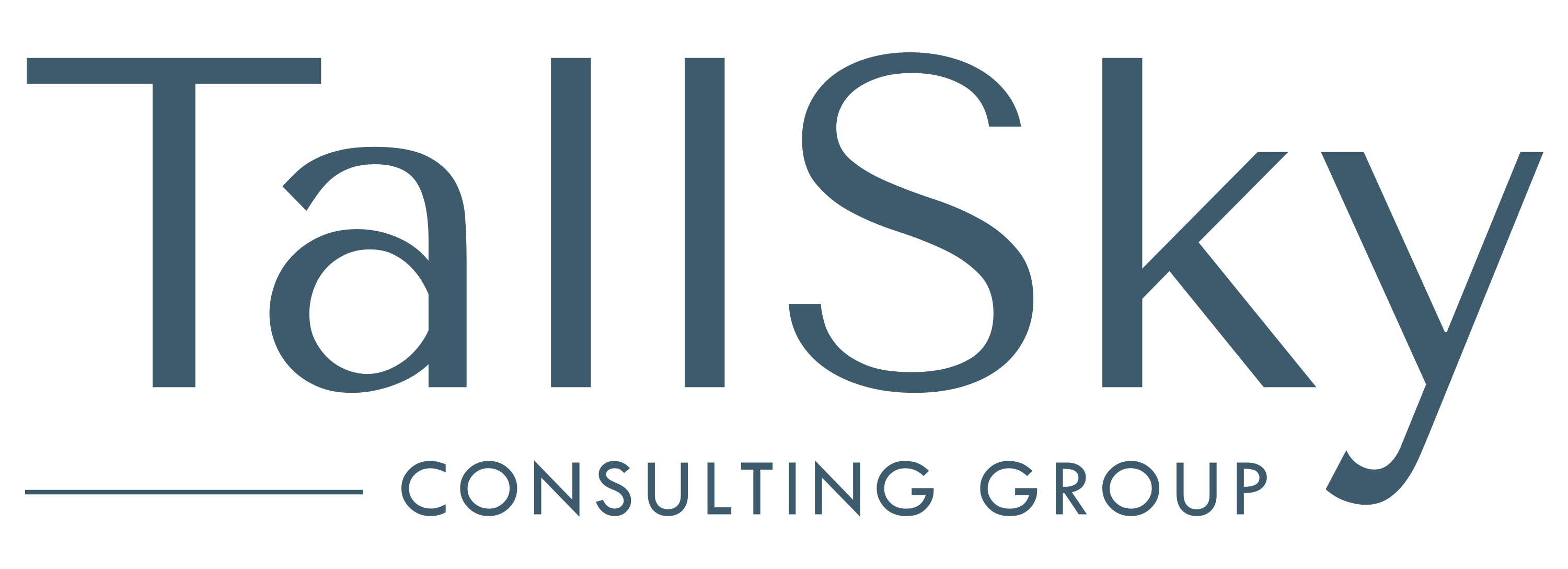
Most organizations have a “one and done” approach to performance reviews. The annual event comes around and everyone groans, they go through the process of completing the evaluation form or online document, and then they look forward to hopefully meeting with their leader to discuss how things went “this year”.
Many organizations are shifting their approach to this process and looking at ways to have feedback be a continuous – and two-way process. This is a valuable way to conduct the review process, allowing for business cycles, and eliminating recency-bias (the tendency to only provide feedback on things that happened most recently, as they are top of mind) in the one and done format.
Let’s face it – I’m not sure about you, but sometimes I stop to think “did I have breakfast today?!”. Our ability to remember details of ‘who said what, who did what’ becomes muddled in the daily list of everything going on.
There is real value in providing ongoing and timely feedback for employees to be engaged and growing in their role as well as more efficient and productive.
It can take many forms, here are some ideas to transform your current process:
- Check-in or 1:1 meetings – a set time booked to do a brief check-in, they can be informal (how are things going, anything I can help with?) to more formal with a standing agenda. They condense drive-by communication and open the door for two-way dialogue.
- Periodic Reviews – Monthly or quarterly meetings can be simplified performance reviews. Review of sales targets or key goals and priorities ensure employees are on track and provide an opportunity to identify any support required.
- Peer feedback – soliciting feedback from others can be an important part of the process to catch issues early on and avoid minor conflicts festering or escalating. They also provide opportunities to celebrate wins.
- Project Completion or Reviews – An important step in a continuously improving organization. They can help to improve processes before new projects start or form plans differently based on experiences.
- Giving thanks and celebrating – Use key moments to be purposeful in saying thank you to your team, celebrating successes and ensuring they feel valued for their contributions. This type of feedback goes a long way in retaining top talent!
As you can see, there are many opportunities to ensure you have an organization filled with feedback opportunities. The most important part of this process is that feedback is given when it is relevant – “just in time”, so that employees can make course corrections and focus on learning, developing and contributing to your organization.
